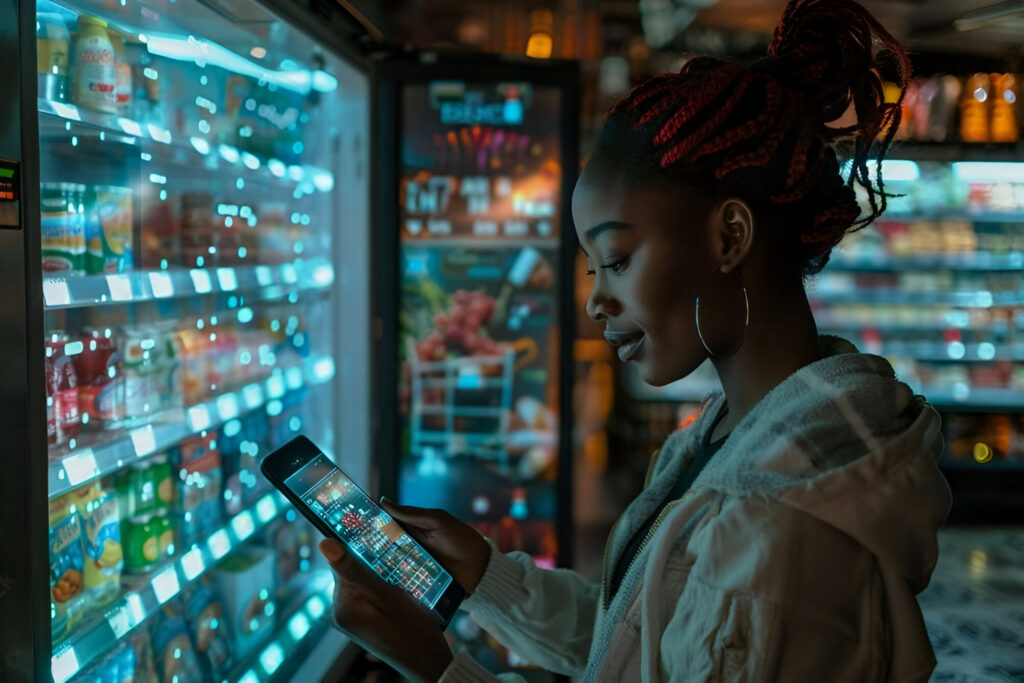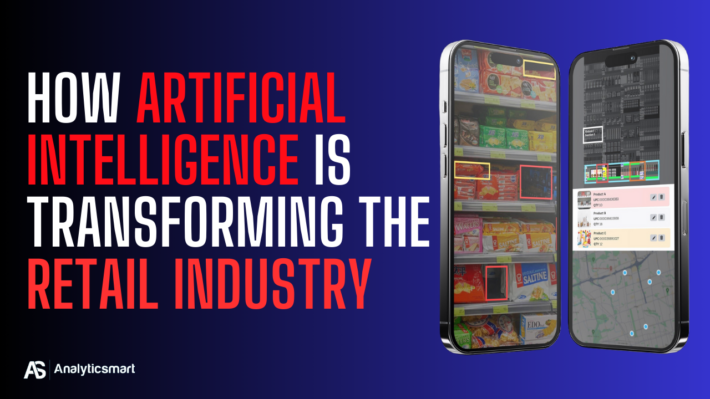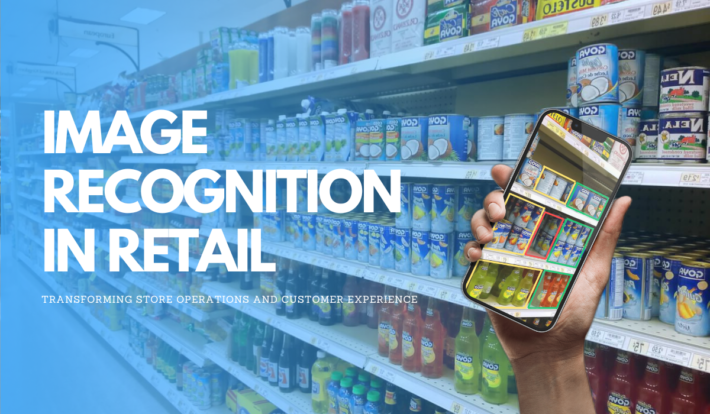How Image Recognition is Shaping the Future of Retail

The retail industry is undergoing a fascinating transformation, driven by advancements in technology that are reshaping the way businesses operate. One of the most intriguing developments is the rise of image detection in retail, a tool that goes beyond traditional inventory management and customer engagement strategies. This technology is not merely a trend; it holds the potential to fundamentally change how retailers interact with products, spaces, and consumers.
Rethinking Inventory Management
Image detection systems are emerging as powerful allies in the quest for effective inventory management. Gone are the days when stock levels were tracked manually or through cumbersome barcode scanning. Today, retailers can leverage sophisticated algorithms that analyze images in real-time, providing an accurate and immediate snapshot of inventory across multiple locations.
Imagine walking into a store where shelves are monitored continuously. Image detection can identify products that are running low, allowing staff to replenish stock proactively rather than reactively. This capability not only streamlines operations but also enhances the shopping experience. Customers benefit from improved product availability, reducing the likelihood of encountering out-of-stock situations that lead to frustration and lost sales.
Enhancing Customer Experience Through Visual Insights
Beyond inventory management, image detection plays a pivotal role in elevating customer experiences. By analyzing how shoppers interact with products on shelves, retailers gain valuable insights into consumer behavior. This data can reveal which items draw attention, which arrangements are most effective, and how shoppers navigate the store.
Consider a retailer that notices a particular display is frequently overlooked. By adjusting the placement of products based on image analysis, they can create more engaging and appealing shopping environments. This level of personalization transforms the shopping journey into a more intuitive and satisfying experience, encouraging customers to spend more time—and ultimately more money—in the store.
Bridging the Gap Between Online and Offline
As the lines between online and offline retail continue to blur, image detection emerges as a bridge connecting these two worlds. For example, retailers can use image detection to analyze customer preferences in-store and sync this data with their online platforms. This integration allows businesses to create a seamless shopping experience, where recommendations and promotions are tailored to individual customer behaviors, regardless of the channel.
This capability also extends to visual search technologies, enabling customers to find products online based on images they’ve seen in-store. By empowering shoppers with the ability to search visually, retailers can capture interest and drive traffic to their online platforms, enhancing overall sales.

Tackling Shrinkage with Precision
Shrinkage—loss of inventory due to theft, damage, or error—is a significant challenge for retailers. Image detection technology offers an innovative approach to this persistent issue. By using cameras and sophisticated algorithms to monitor store activity, retailers can identify suspicious behavior or detect discrepancies in stock levels almost immediately.
This proactive approach not only helps reduce shrinkage but also fosters a safer shopping environment. When customers perceive that a store is vigilant about loss prevention, their confidence in the retailer increases, ultimately contributing to brand loyalty.
The Future of Retailing: A Thoughtful Integration
The integration of image detection technology into retail operations is more than just an enhancement; it represents a thoughtful evolution of how businesses interact with their products and customers. Retailers that embrace this technology will find themselves better equipped to adapt to changing consumer behaviors and market conditions.
However, this transition must be approached with care. Retailers must consider how to implement image detection systems thoughtfully, ensuring that they enhance—not overwhelm—the shopping experience. By prioritizing customer engagement and data security, businesses can harness the full potential of image detection without compromising the personal touch that defines the retail industry.
Conclusion: A New Perspective
As we look toward the future of retail, image detection stands out as a transformative tool that invites us to rethink conventional practices. It encourages a new perspective on inventory management, customer engagement, and loss prevention. Rather than viewing technology as a replacement for human interaction, retailers can leverage it as a means to enhance and enrich those interactions.
The journey into this new landscape of retail requires vision and adaptability. Those willing to embrace the opportunities presented by image detection will not only thrive but also redefine what it means to engage with consumers in a meaningful way. In the end, the most successful retailers will be those that blend innovation with an unwavering commitment to customer experience.
Have A Question?
Learn how Analyticsmart can elevate your retail performance with data-driven insights and customized solutions.
Contact Sales
Have a question or comment? Submit your message through our contact form and a member of our team will get back to you within 24 hours.
Marketing Head | Analyticsmart
Unlock Your Retail Potential With Us


